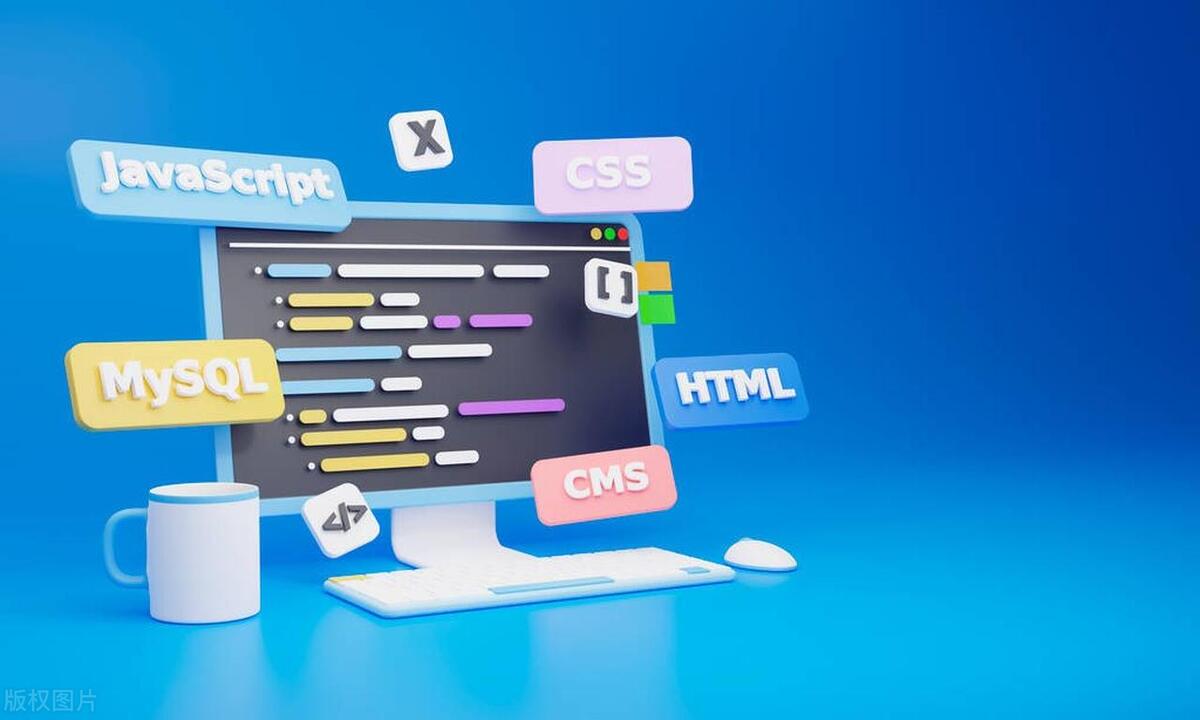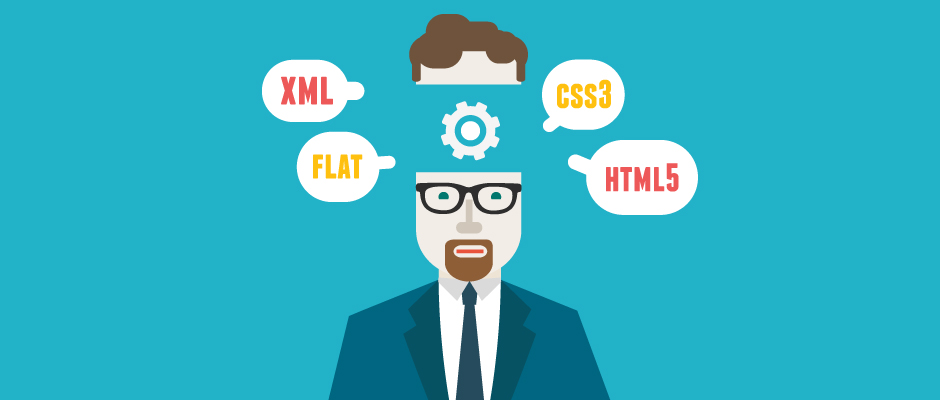Understanding TypeScript Advanced Types and Utility Types
Jul 30, 2025 am 04:39 AMTypeScript's advanced types and tool types improve code simplicity and type safety. 1. Conditional types (such as T extends U ? X : Y) allow different types to be returned according to type relationships, and are suitable for generic functions to decide the return structure according to parameter types; 2. Mapping types (such as Partial

TypeScript's advanced types and tool types (Utility Types) are an unavoidable link that many developers can't avoid when they advance. They not only make the code more concise, but also improve type safety. If you have mastered the use of basic types and interfaces and want to further write more flexible and reusable type definitions, these advanced features are worth understanding.

The following parts will focus on common scenarios in actual development to help you understand the uses and usage methods of these types.
1. Condition type: Make judgments based on type
Conditional types allow you to return different types based on whether a type satisfies a certain relationship. Its basic form is T extends U ? X : Y , that is, "if T is a subtype of U, then use X, otherwise use Y".

Let's give a simple example:
type IsString<T> = T extends string ? true : false; type A = IsString<string>; // true type B = IsString<number>; // false
This writing method is particularly useful in generic functions. For example, if you want to write a function, determine the structure of the return value based on the type of the passed parameter:

function formatValue<T>(value: T): T extends number ? string : boolean {
if (typeof value === 'number') {
return value.toFixed(2) as any;
}
return !!value as any;
}Although this example uses type assertions (any), this approach can make your API more flexible in some well-wrapped libraries.
2. Map type: batch modify the type of object properties
Mapping types can be used to iterate over the key of an object and apply a new type to each property. The most commonly used tool types such as Partial<T> , Required<T> , and Readonly<T> are all implemented based on mapping types.
for example:
type MyPartial<T> = {
[P in keyof T]?: T[P];
}; This is actually the built-in Partial<T> implementation method of TypeScript. You can expand your own tool type based on this, such as reading only a portion of the fields:
type ReadonlySome<T, K extends keyof T> = {
[P in keyof T]: P extends K ? Readonly<T[P]> : T[P];
};
type User = {
id: number;
name: string;
email: string;
};
type LimitedUser = ReadonlySome<User, 'id' | 'email'>;
// id and email are read-only, name is not affectedThis type of technique is very practical in scenarios such as building form status and permission control.
3. Practical tool types: How to use Pick, Omit, Exclude, etc.?
TypeScript provides some out-of-the-box tool types, and understanding them allows you to write much less duplicate code.
Common tool types:
-
Partial<T>: All attributes become optional -
Required<T>: All attributes become required -
Readonly<T>: All attributes become read-only -
Pick<T, K>: Pick out the specified attributes from T to form a new type -
Omit<T, K>: Remove several specified properties from T -
Exclude<T, U>: Exclude part of U from union type T -
Extract<T, U>: Extract the part belonging to U from the union type T
For example, you have a user information type:
type User = {
id: number;
name: string;
email: string;
role: 'admin' | 'user';
};You can use this:
type UserInfo = Pick<User, 'name' | 'email'>;
// Equivalent to { name: string; email: string }
type PublicUser = Omit<User, 'role'>;
// Equivalent to { id: number; name: string; email: string }
type AdminOnly = Extract<User['role'], 'admin'>;
// Get 'admin'These tool types are very common in scenarios such as handling interface responses, component props, data filtering, etc., and rational use can greatly reduce redundant type declarations.
4. Type derivation and infer: Automatically extract type information
The infer keyword is used to "infer" a subtype in a conditional type. It is often used to extract function return value types, array element types, etc.
For example, ReturnType<T> that comes with TypeScript is implemented like this:
type MyReturnType<T extends (...args: any) => any> =
T extends (...args: any) => infer R ? R : never;
function getUser() {
return { id: 1, name: 'Alice' };
}
type Result = MyReturnType<typeof getUser>;
// Get { id: number; name: string }For example, extract the array element type:
type ElementType<T> = T extends (infer E)[] ? E : never; type Item = ElementType<string[]>; // string
This capability is critical when writing general logic or encapsulated type tools.
Basically that's it. TypeScript's advanced types seem complex, but in fact they all revolve around the core idea of "how to generate new types based on existing types". As long as you practice more, you will find that they are not difficult to master, and once you get started, the efficiency and type safety of writing code will be greatly improved.
The above is the detailed content of Understanding TypeScript Advanced Types and Utility Types. For more information, please follow other related articles on the PHP Chinese website!

Hot AI Tools

Undress AI Tool
Undress images for free

Undresser.AI Undress
AI-powered app for creating realistic nude photos

AI Clothes Remover
Online AI tool for removing clothes from photos.

Clothoff.io
AI clothes remover

Video Face Swap
Swap faces in any video effortlessly with our completely free AI face swap tool!

Hot Article

Hot Tools

Notepad++7.3.1
Easy-to-use and free code editor

SublimeText3 Chinese version
Chinese version, very easy to use

Zend Studio 13.0.1
Powerful PHP integrated development environment

Dreamweaver CS6
Visual web development tools

SublimeText3 Mac version
God-level code editing software (SublimeText3)
 How does React handle focus management and accessibility?
Jul 08, 2025 am 02:34 AM
How does React handle focus management and accessibility?
Jul 08, 2025 am 02:34 AM
React itself does not directly manage focus or accessibility, but provides tools to effectively deal with these issues. 1. Use Refs to programmatically manage focus, such as setting element focus through useRef; 2. Use ARIA attributes to improve accessibility, such as defining the structure and state of tab components; 3. Pay attention to keyboard navigation to ensure that the focus logic in components such as modal boxes is clear; 4. Try to use native HTML elements to reduce the workload and error risk of custom implementation; 5. React assists accessibility by controlling the DOM and adding ARIA attributes, but the correct use still depends on developers.
 Describe the difference between shallow and full rendering in React testing.
Jul 06, 2025 am 02:32 AM
Describe the difference between shallow and full rendering in React testing.
Jul 06, 2025 am 02:32 AM
Shallowrenderingtestsacomponentinisolation,withoutchildren,whilefullrenderingincludesallchildcomponents.Shallowrenderingisgoodfortestingacomponent’sownlogicandmarkup,offeringfasterexecutionandisolationfromchildbehavior,butlacksfulllifecycleandDOMinte
 What is the significance of the StrictMode component in React?
Jul 06, 2025 am 02:33 AM
What is the significance of the StrictMode component in React?
Jul 06, 2025 am 02:33 AM
StrictMode does not render any visual content in React, but it is very useful during development. Its main function is to help developers identify potential problems, especially those that may cause bugs or unexpected behavior in complex applications. Specifically, it flags unsafe lifecycle methods, recognizes side effects in render functions, and warns about the use of old string refAPI. In addition, it can expose these side effects by intentionally repeating calls to certain functions, thereby prompting developers to move related operations to appropriate locations, such as the useEffect hook. At the same time, it encourages the use of newer ref methods such as useRef or callback ref instead of string ref. To use Stri effectively
 Vue with TypeScript Integration Guide
Jul 05, 2025 am 02:29 AM
Vue with TypeScript Integration Guide
Jul 05, 2025 am 02:29 AM
Create TypeScript-enabled projects using VueCLI or Vite, which can be quickly initialized through interactive selection features or using templates. Use tags in components to implement type inference with defineComponent, and it is recommended to explicitly declare props and emits types, and use interface or type to define complex structures. It is recommended to explicitly label types when using ref and reactive in setup functions to improve code maintainability and collaboration efficiency.
 How to handle forms in Vue
Jul 04, 2025 am 03:10 AM
How to handle forms in Vue
Jul 04, 2025 am 03:10 AM
There are three key points to be mastered when processing Vue forms: 1. Use v-model to achieve two-way binding and synchronize form data; 2. Implement verification logic to ensure input compliance; 3. Control the submission behavior and process requests and status feedback. In Vue, form elements such as input boxes, check boxes, etc. can be bound to data attributes through v-model, such as automatically synchronizing user input; for multiple selection scenarios of check boxes, the binding field should be initialized into an array to correctly store multiple selected values. Form verification can be implemented through custom functions or third-party libraries. Common practices include checking whether the field is empty, using a regular verification format, and displaying prompt information when errors are wrong; for example, writing a validateForm method to return the error message object of each field. You should use it when submitting
 Server-Side Rendering with Next.js Explained
Jul 23, 2025 am 01:39 AM
Server-Side Rendering with Next.js Explained
Jul 23, 2025 am 01:39 AM
Server-siderendering(SSR)inNext.jsgeneratesHTMLontheserverforeachrequest,improvingperformanceandSEO.1.SSRisidealfordynamiccontentthatchangesfrequently,suchasuserdashboards.2.ItusesgetServerSidePropstofetchdataperrequestandpassittothecomponent.3.UseSS
 A Deep Dive into WebAssembly (WASM) for Front-End Developers
Jul 27, 2025 am 12:32 AM
A Deep Dive into WebAssembly (WASM) for Front-End Developers
Jul 27, 2025 am 12:32 AM
WebAssembly(WASM)isagame-changerforfront-enddevelopersseekinghigh-performancewebapplications.1.WASMisabinaryinstructionformatthatrunsatnear-nativespeed,enablinglanguageslikeRust,C ,andGotoexecuteinthebrowser.2.ItcomplementsJavaScriptratherthanreplac
 What is content security policy CSP
Jul 04, 2025 am 03:21 AM
What is content security policy CSP
Jul 04, 2025 am 03:21 AM
Content Security Policy (CSP) prevents attacks such as XSS by limiting the loading source of web page resources. Its core mechanism is to set a whitelist to prevent unauthorized scripts from being executed. The steps to enable include: 1. Define the policy and clarify the allowed resource sources; 2. Add Content-Security-PolicyHTTP header to the server; 3. Use Report-Only mode to test and debug in the initial stage; 4. Continuous monitoring and optimization strategies to ensure that they do not affect normal functions. Notes include handling inline scripts, careful use of third-party resources, compatibility support, and other irreplaceable security measures.






